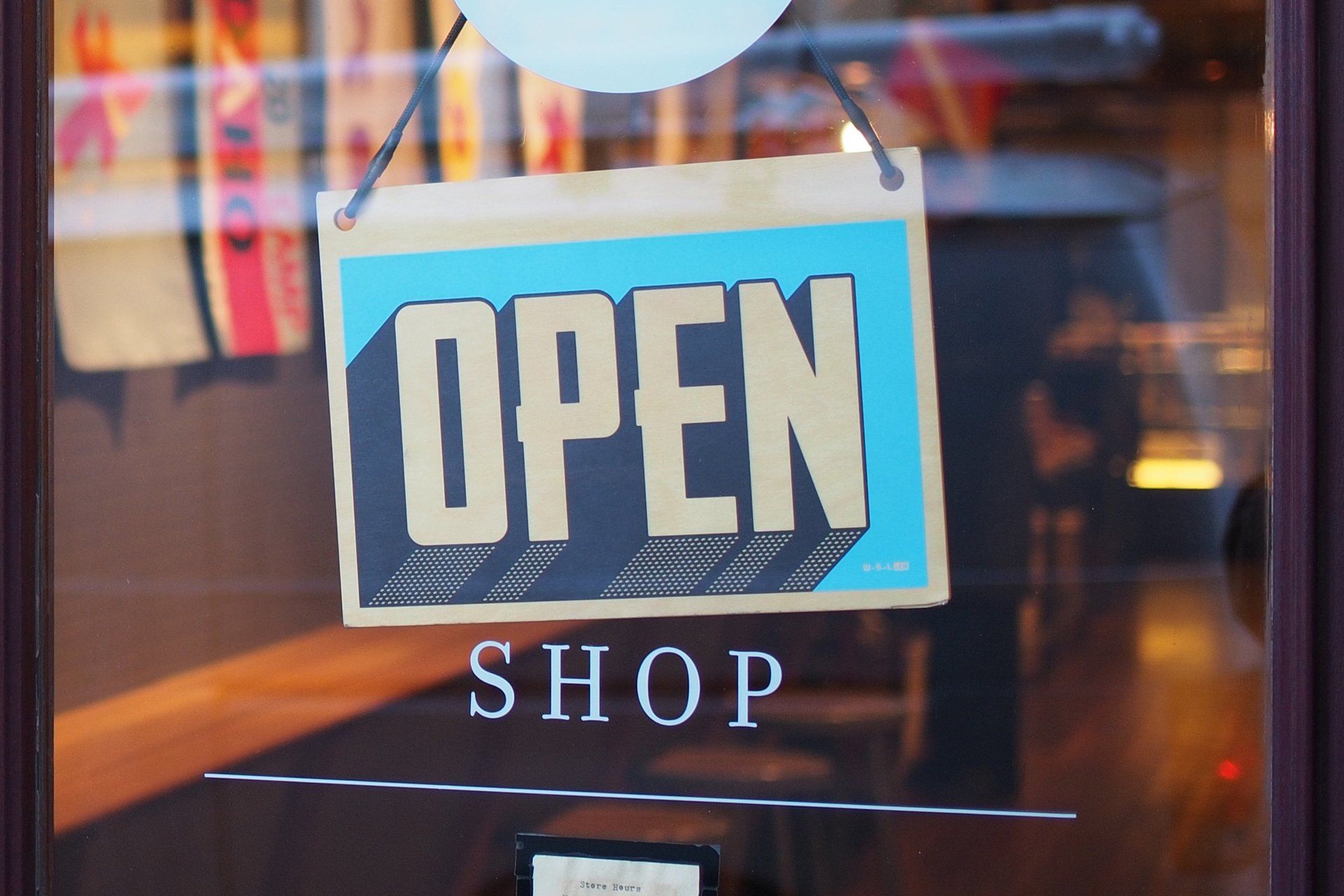
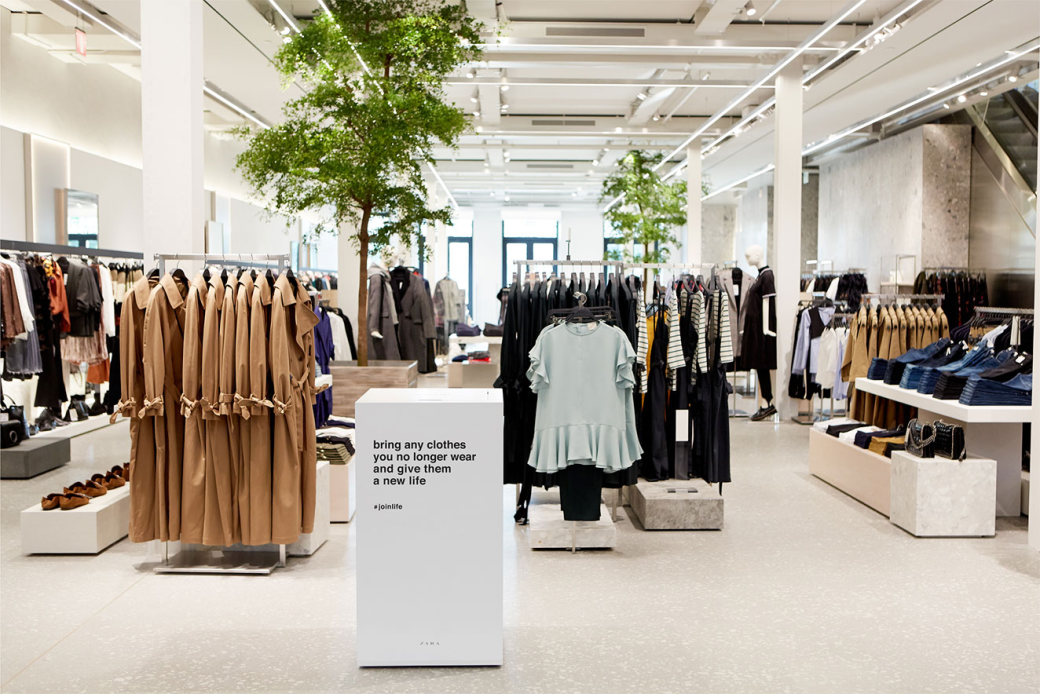
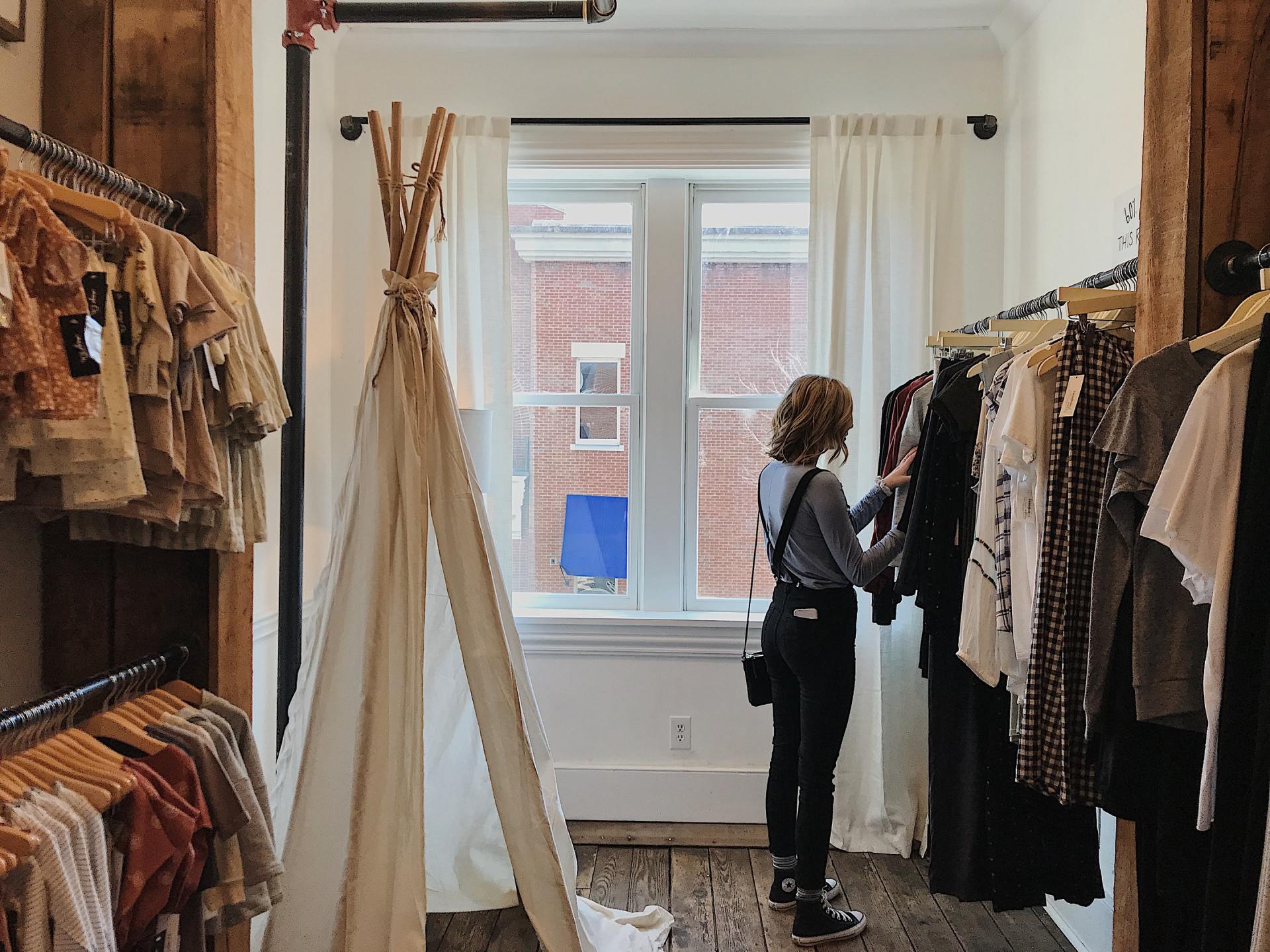
The Case For Convenience. How These Retailers Built Convenience Directly Into Their Brand Experience
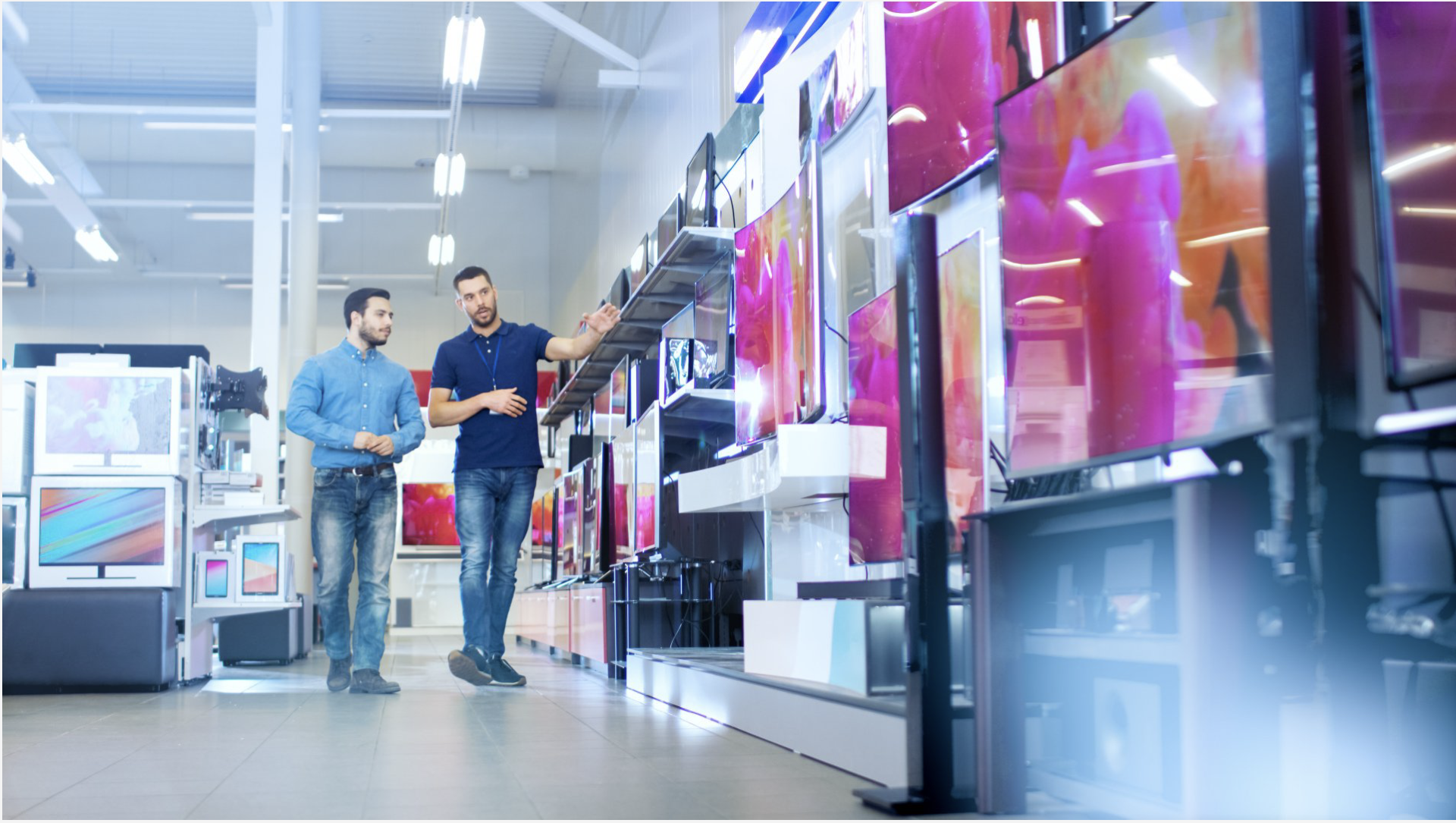
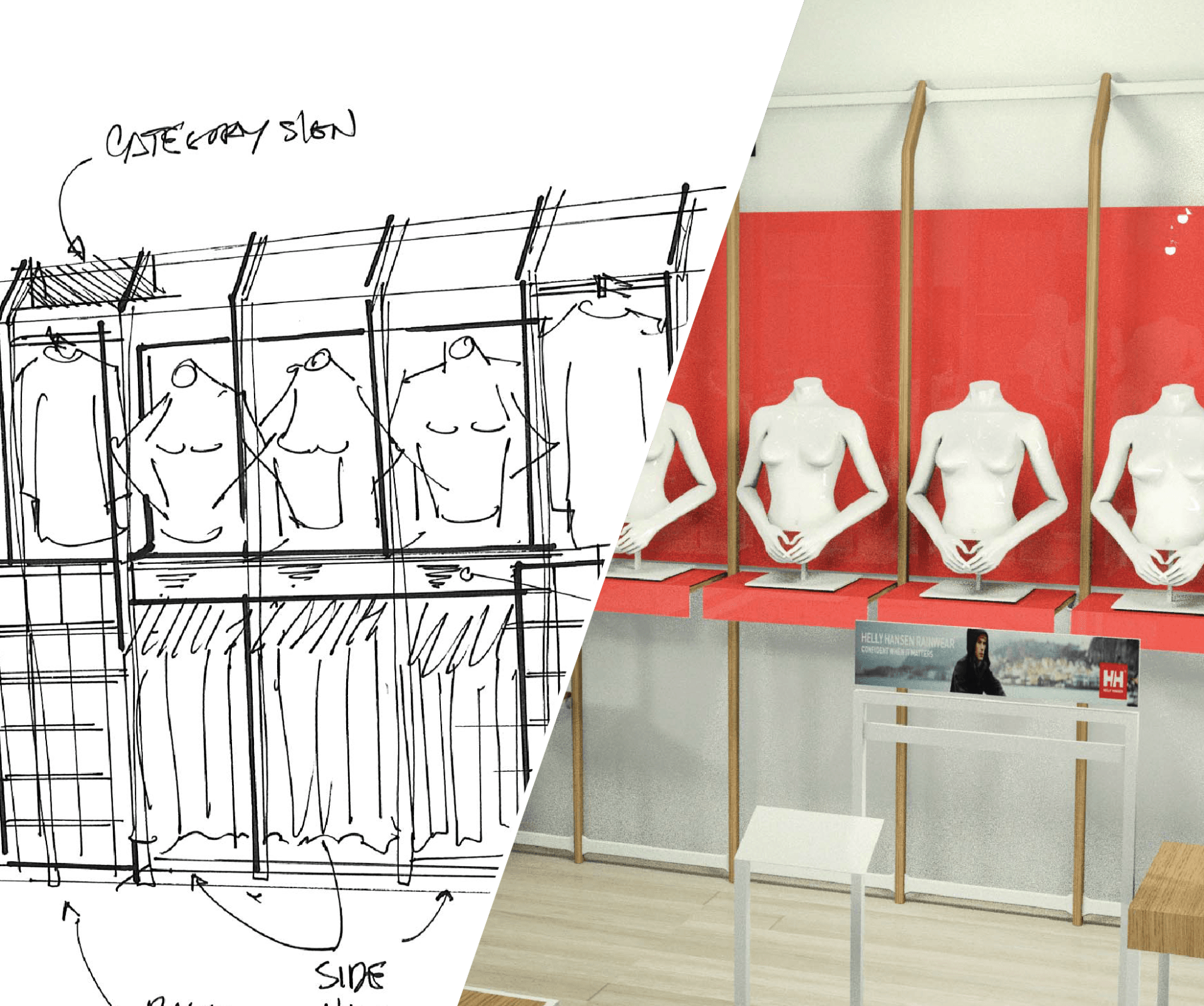
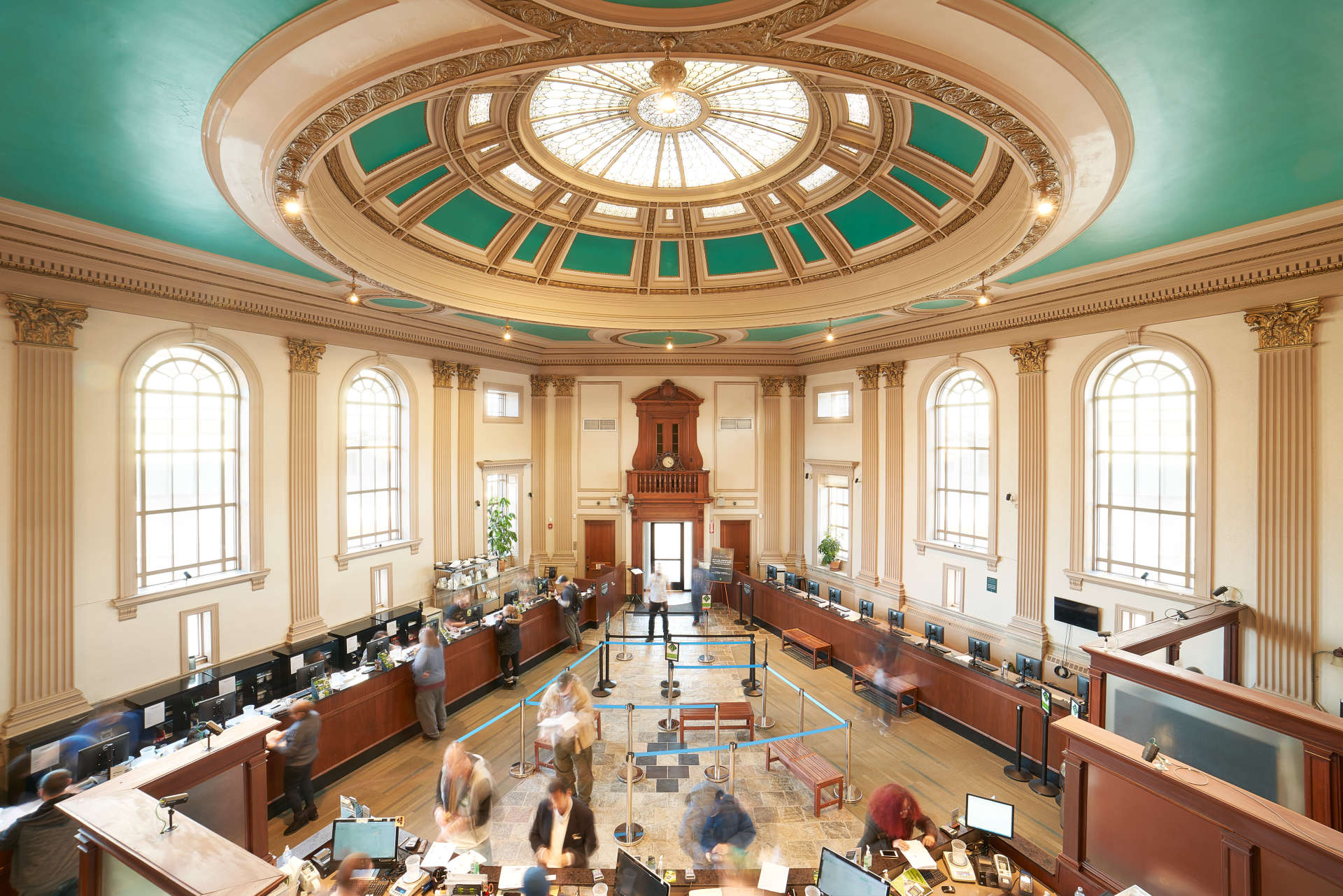
Senior Project Manager Scott Jacobs and Senior Account Executive Stacey Santoro visited GlobalShop @ RetailX. A few stand out highlights from what they saw.
STEALTH MATRIX
- A system to help shoppers locate items they
see on display in the store quickly with AR or interactive maps. A next
generation sensory-based, item-level tracking system that locates merchandise
in a department store or warehouse within three feet, using IoT sensor
technology and 2D mapping.
CITY LUXED - Shelf edge technology that is a plug&play system and self-contained for any type of shelf ( 2 sizes available ). It just needs access either through the shelf or at the back for power.
HERO - connects online and physical store. They use Black Book technology platform to give sales associates more tools to talk with customers. They are no longer waiting for the next customer to come in but actively engaging with new and past customers.
STYLESHOOTS – Newest in high output 360 photography systems that allows for video and still images. These high output “photo boxes” come in a variety of sizes with accessories to capture product images for E-commerce use. The systems have a contained space with rotating platforms, lighting, and full editing options. These can be built into our retail designs where products need frequent remote image uploads (image attached). Opening an NYC showroom in Brooklyn late July/August
DATA DISPLAY – Digital signage system platform including audio, interactives, and content management. Data Display offers full digital display solutions including hardware, software, and content management that could complement our fixture designs and installations (video attached).
This year, there was a specific area of the floor dedicated
to Pop-up Talks
and it was a huge hit. This was separate of the
paid conferences outside of the hall. A GREAT idea and experience to get
interesting info in 20-30 mins on a wide range of topics. A few talks that were really interesting and are still talking about:





